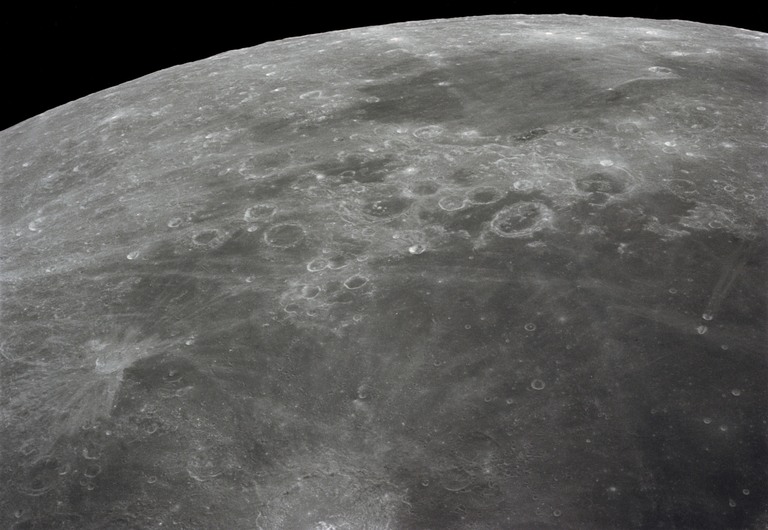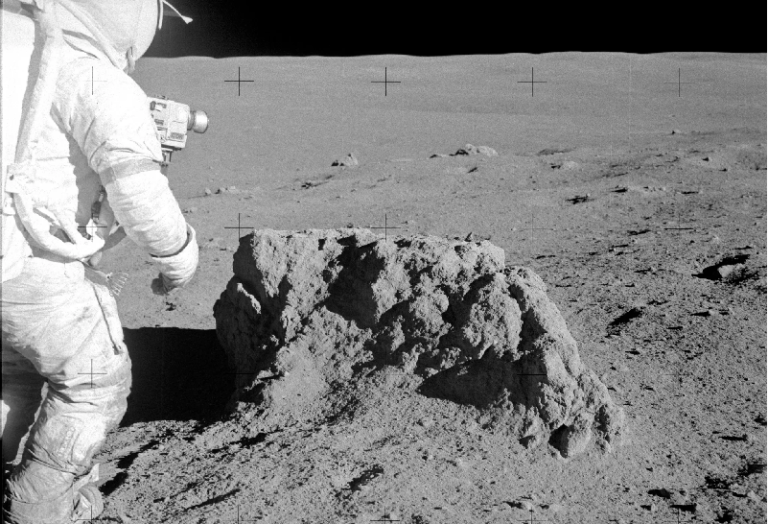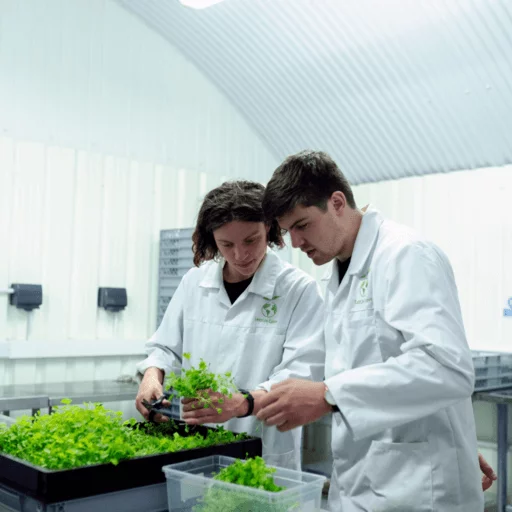
Between 1961 and 1972, NASA’s Apollo program paved the way for human exploration of the moon. Alongside testing groundbreaking technologies, the missions also brought back 842 pounds of lunar rocks, core samples, sand, and dust. In a historic feat, a group of scientists from the University of Florida has taken a significant step forward by successfully growing plants in a small portion of this lunar soil. This groundbreaking experiment demonstrates that certain plant species, such as thale cress (Arabidopsis thaliana), can sprout and grow in soil unlike that found on Earth. Join us as we delve into the details of this pioneering study and explore the potential for extraterrestrial agriculture.
Requesting Lunar Soil
For eleven years, the biologists behind this groundbreaking study tirelessly submitted formal requests to NASA for lunar soil samples. Their persistence paid off when they finally obtained permission to work with a limited quantity of lunar regolith collected during the Apollo 11, 12, and 17 missions. Armed with just 12 grams of this precious soil, they embarked on a journey to uncover its secrets and unlock the potential for lunar plant growth.
Challenges of Lunar Soil
Lunar soil, or regolith, differs vastly from the soil found on Earth. Devoid of organic elements and peppered with volcanic glass shards, it poses unique challenges for plant growth. Additionally, the constant bombardment of radiation adds another layer of complexity. Despite these obstacles, the scientists were determined to investigate the possibility of cultivating plants in this alien environment.

Planting the Seeds
The team devised a small-scale experiment, planting seeds in the lunar soil samples and carefully tending to their growth. Each plant was given one gram of soil and placed in a terrarium box where a nutrient solution was added daily. Notably, the water beaded up on the surface of the lunar soil, requiring the researchers to stir the samples to ensure uniform moisture distribution.
Sprouts and Stress
To their astonishment, the plants began to sprout within two days. The initial growth stages appeared promising, with the plants exhibiting similar characteristics to those in the control group, which were grown in volcanic ash and a lunar soil simulant. However, as time progressed, the plants in lunar soil showed signs of stress. Arabidopsis thaliana, in particular, exhibited slower growth, stunted roots, smaller leaves, and a reddish pigmentation — a clear indication of the challenges faced by plants in this harsh environment.
Unveiling Stress Responses
After 20 days, the team harvested the plants and studied their RNA to gain insights into their stress responses. RNA sequencing revealed that the plants expressed patterns of genes related to stress responses observed in thale cress when exposed to excess salt or heavy metals. Interestingly, the plants also displayed varied reactions depending on the specific location of the lunar soil collection. Samples obtained from deep below the lunar surface showed greater potential as growth substrates compared to those taken from the surface.

Paving the Way for Lunar Agriculture
The findings from this study lay the foundation for future lunar agriculture and the cultivation of plants that can sustain future space missions. By understanding the stress responses of plants in lunar soil, scientists can work towards ameliorating these challenges and ensuring the health and viability of crops. Furthermore, the knowledge gained from this research may have implications for potential plant growth in Martian soil—a step towards establishing sustainable extraterrestrial colonies.
Lunar Farming: A Possibility?
Looking ahead, the researchers envision the moon as a hub or launching pad for future, longer space missions. Utilizing the existing lunar soil to grow plants makes logical sense in this context. By venturing beyond the realm of a plant’s evolutionary experience, scientists aim to determine how lunar plants would fare in a lunar greenhouse, exploring the possibility of lunar farming and the role of lunar farmers in future space exploration.

